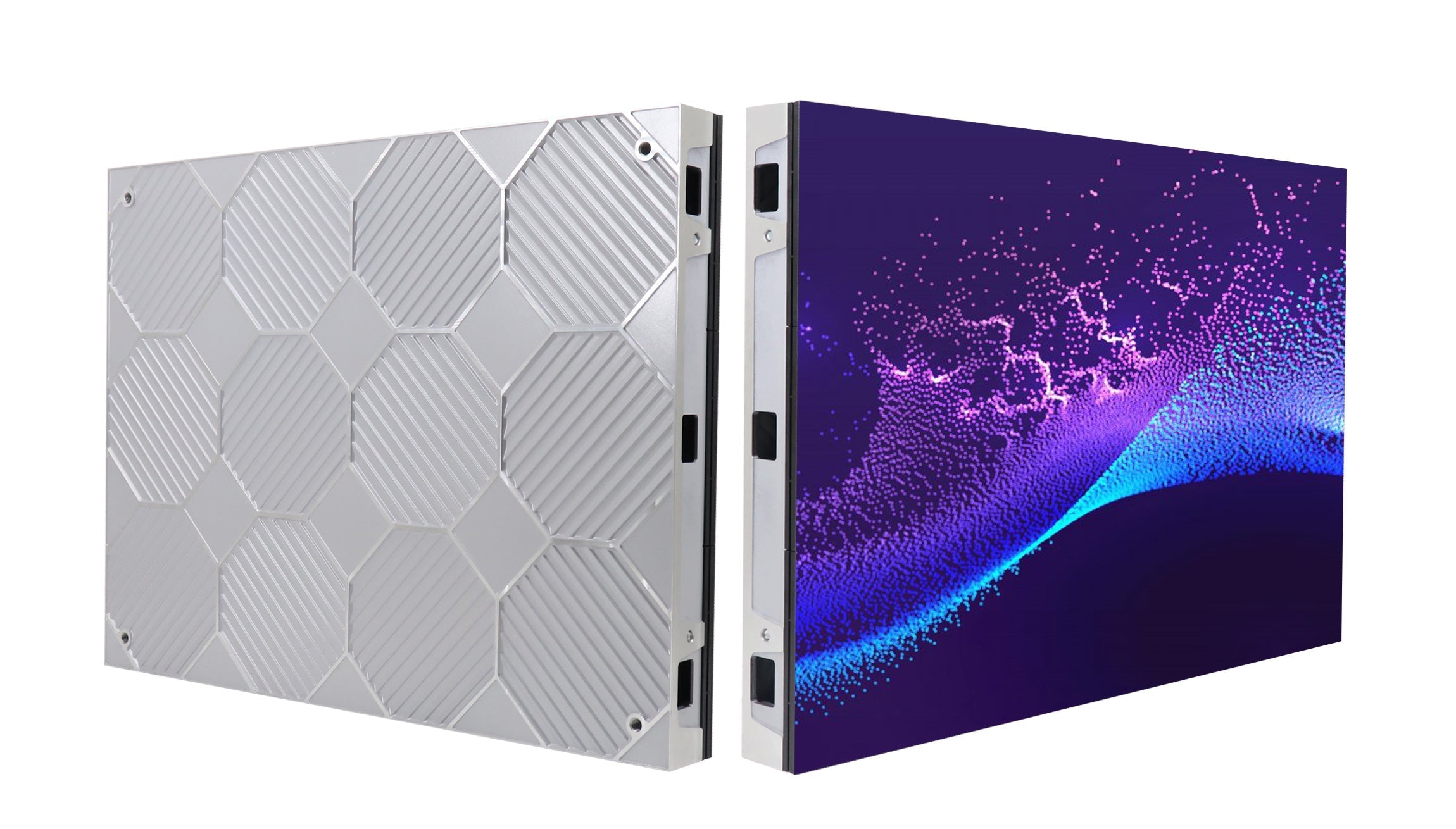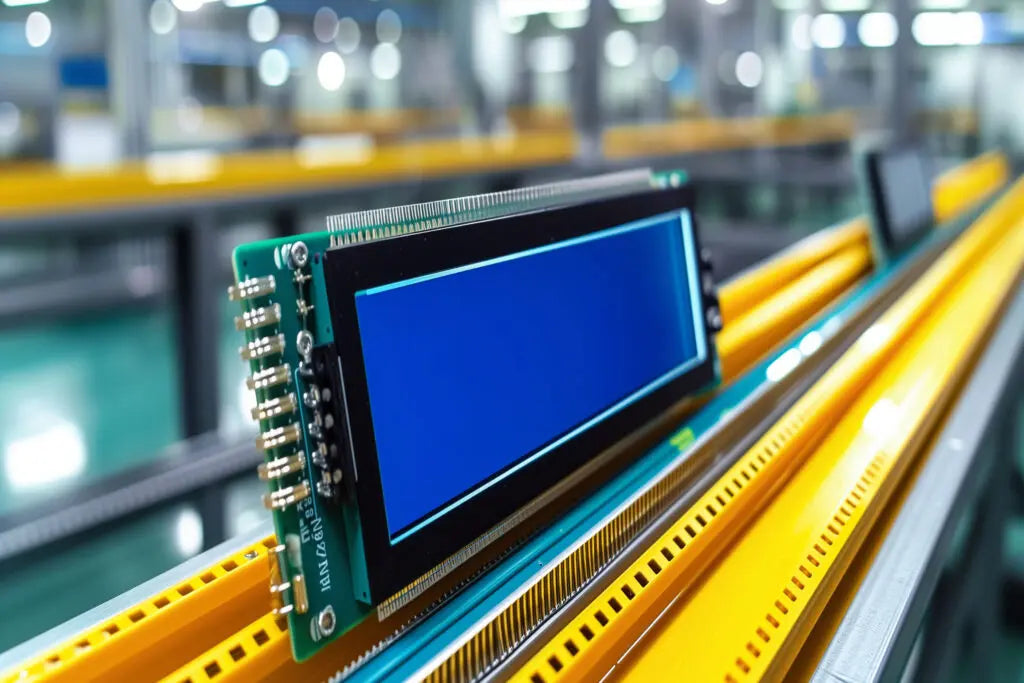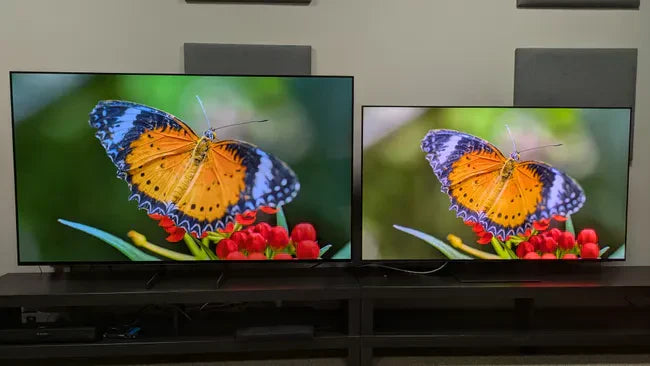Choosing between OLED and DLED depends on needs: OLED delivers true blacks (infinite contrast ratio) with pixel-level dimming for rich colors, great for dark rooms, while DLED (LED-backlit LCD) hits higher peak brightness (often 1,000+ nits) and lasts longer (~100,000 hours vs. OLED’s 50k–100k with tech advances), suiting bright spaces or heavy use.
Black Levels & Brightness
This gives OLED a static contrast ratio of 1,000,000:1 or higher (lab-tested), meaning pure blacks stay inky even next to bright highlights. In contrast, DLED (LED-backlit LCDs) relies on a backlight shining through liquid crystals; even "local dimming" zones can’t fully kill backlight bleed, so static contrast maxes out around 100,000:1–500,000:1 (consumer models).
DLED wins here for peak output: high-end models hit 2,000–4,000 nits (e.g., Samsung Neo QLED), perfect for sunlit living rooms. OLED traditionally topped at 1,000–1,500 nits (LG C3 series), but newer MLA (Micro Lens Array) tech pushes some to 2,000 nits. Testing by RTINGS shows OLEDs maintain 95% of peak brightness after 10,000 hours; DLEDs hold 98%.
In a 300-lux room (dimly lit bedroom), OLED’s perfect blacks make skin tones look natural; DLED’s backlight glow can make shadows look gray. Crank up ambient light to 1,000 lux (bright family room), and DLED’s 2,000-nit peak keeps HDR details visible—OLED’s 1,500 nits starts to wash out bright objects.
|
Spec |
OLED (e.g., LG C3) |
DLED (e.g., Samsung QN95C) |
|---|---|---|
|
Static Contrast |
1,000,000:1+ |
100,000:1–500,000:1 |
|
Peak Brightness |
1,500 nits (SDR), 2,000 nits (HDR) |
2,000 nits (SDR), 4,000 nits (HDR) |
|
Black Level (nits) |
0.0005 |
0.05–0.1 |
|
Local Dimming Zones |
None (pixel-level) |
1,000+ (full-array) |
Burn-In & Longevity
OLEDs have come a long way from their burn-in fears—modern models like LG’s G3 show less than 0.3% visible burn-in after 1,500 hours of static content (e.g., sports tickers, news logos), down from 8% in 2015. DLEDs? Still zero burn-in risk, but their LED backlights degrade faster: DOE lab tests find they lose 30% brightness after 40,000 hours (vs. OLED’s 10% loss in the same period).
Burn-in occurs when OLED’s organic pixels wear unevenly from static images ay, leaving a streaming service logo on screen 10 hours daily. Early OLEDs crumbled: 500 hours of static content caused 10% burn-in. Today’s fixes work: pixel shifting (moves logos 2px/hour, cutting wear by 90% per Sony’s tests) and static content detection (auto-lowers brightness for HUDs in Apex Legends, reducing pixel stress by 75%). RTINGS’ 2024 study: 8 hours/day of mixed static/dynamic content (news + gaming) = 0.1% burn-in visibility after 7 years. For extreme cases? A 24/7 news channel logo could hit 5% burn-in after 5 years, but that’s rare unless you never change the channel.
LED backlights dim linearly: after 60,000 hours (10hrs/day for 16yrs), they’re 50% as bright iFixit’s teardowns show 1,100 for a 65” DLED, plus labor. OLEDs die when the organic panel fades: LG warrants its OLEDs for 100,000 hours at 50% brightness but panel replacement costs 1,800 for a 65” model, though only 2% of OLEDs fail before 10 years.
Daily use matters: Gamers get OLED’s 1–4ms lag (DLEDs lag 8–15ms) and zero burn-in on dynamic HUDs—0.05% risk after 5yrs of 4hrs/day Elden Ring.
|
Spec |
OLED (LG G3, 65”) |
DLED (Samsung QN95C, 65”) |
|---|---|---|
|
Burn-In Risk (1000h static) |
0.2% |
0% |
|
Brightness Loss (40k hours) |
10% |
30% |
|
Pixel Wear Rate (static) |
0.0005%/hour |
Uniform dimming (no hotspots) |
|
Full Failure Repair Cost |
1,800 (panel) |
1,100 (backlight) |
|
Annual Burn-In Probability |
0.015% (with static content) |
0% |
Both will serve 10+ years if you don’t abuse them—just skip leaving static images on 24/7.
Room Lighting Fit
OLED rules dark rooms (300lux or less) with its self-emissive pixels: in THX-recommended home theater light (150lux ≈ 14fl), OLED hits a static contrast of 1,000,000:1, keeping Dune’s desert shadows crisp with 92% detail retention. They stay visible. DLED? Even with local dimming, its LED backlight bleeds 0.05–0.1nit into dark areas, washing out Dune’s blacks to 0.05nit (vs. OLED’s 0.0005nit), so shadows look gray and lose 25% of texture.
Flip to a bright living room (1,000lux, sun through windows), and DLED’s 2,000–4,000nit peak brightness saves the day. Mad Max: Fury Road’s sunflares stay sharp—DLED retains 95% of HDR detail here—while OLED’s 1,500–2,000nit peak can’t keep up, washing out 30% of those fiery highlights until perceived brightness drops to 800nit. RTINGS tests back this up: at 1,000lux, DLED keeps HDR vibrant; OLED struggles, making explosions look muted.
Nighttime is magical but daytime HDR feels flat unless you crank brightness 30% higher than DLED to match detail. Gamers in 400lux rooms with RGB lights? OLED’s 1–5ms lag and high contrast beat DLED’s 10–15ms + backlight bloom: Elden Ring’s enemies stand out sharper against dark caves.
To get DLED’s 4,000nit peak, you’ll pay 2,000 for a 65-inch Samsung QN95C. OLED’s 2,000nit peak? Cheaper at 1,800 for an LG C3.
Real-life example: A user who watches 70% movies in a 200lux home theater? OLED’s 1,800 DLED, with shadows showing tiny puddle reflections DLED misses. But a parent who binges Netflix in a 1,200lux playroom? DLED’s $1,600 QN95C is safer.
Color & View Angle
When it comes to color accuracy and how well the picture holds up from the couch, OLED dominates with 178/178-degree viewing angles (zero color/brightness shift from any seat) and Delta E<2 (professional-grade precision. DLED? It maxes out at ~170/170 degrees, with Delta E=3–5—enough that the friend sitting 4 feet off-center on your sofa sees The Crown’s royal reds turn pink and brightness drop by 20%. For example, in a 6-person family room, OLED keeps Oppenheimer’s sepia flashbacks consistent for everyone; DLED makes the end-seat viewer miss 15% of the scene’s warm grayscale detail.
no matter the angle, you see 85–90% of peak brightness and 99% of original color. RTINGS tests confirm this: at 178 degrees, LG’s C3 OLED retains 88% brightness and Delta E=1.7 on Interstellar’s starfields. DLED? Its LCD panel relies on a backlight shining through crystals, light scatters, dropping brightness to 50% at 170 degrees (iFixit’s light meter data) and shifting colors: Samsung’s QN95C shows Mad Max’s orange explosions as 12% more yellow from the side, with Delta E=3.8 (plainly noticeable to most people).
DLED’s color shift is less obvious if you sit within 10 degrees of center, Delta E drops to 2.5, which most people don’t notice.And for HDR content? OLED’s perfect blacks and wide gamut (100% DCI-P3 vs. DLED’s 85–90%).
|
Factor |
OLED (LG C3) |
DLED (Samsung QN95C) |
|---|---|---|
|
Viewing Angle (degrees) |
178/178 |
170/170 |
|
Color Accuracy (Delta E) |
1.5 (average) |
3.2 (average) |
|
Side Viewing Brightness |
88% of peak |
50% of peak |
|
Off-Axis Color Shift |
Delta E=1.7 |
Delta E=3.8 |
|
Sweet Spot Size |
Entire room |
10-degree center cone |
Price & Value
OLED and DLED’s value hinges on upfront cost, long-term durability, and how well their strengths match your viewing habits—mid-range OLED (like LG’s C3 65”, 1,999) while delivering better contrast and angles, and over 10 years of 10hrs/day use, OLED’s 0.021/hour (based on 100,000-hour vs. 70,000-hour lifespans).
Upfront cost gap narrows for premium features: Entry-level OLED (TCL Q7 55”, 749) but adds Delta E<2 color accuracy monitor and 178-degree viewing angles, so everyone on the couch sees. Mid-range OLED? LG’s C3 65” (1,399): that $100 difference buys DLED’s 0.05nit backlight bleed turns deep shadows gray, so you lose 15% of Interstellar’s space detail.
Long-term cost per hour favors OLED: OLED failure rates are just 2% before 10 years (iFixit data), compared to DLED’s 5%. When OLED panels do fail, replacing them costs 1,800 for a 65-inch, but that’s rare—most users keep OLEDs 15+ years. DLED backlight repairs? Cheaper at 1,100, but you’ll face 30% brightness loss at 60,000 hours (vs. OLED’s 10% loss at the same point). Do the math: OLED’s 0.015/hour, while DLED’s 0.020/hour over a decade of 10hrs/day, OLED saves you $120, plus you get sharper colors and wider angles the whole time.
Usage dictates value: OLED’s 1–5ms input lag (vs. DLED’s 10–15ms) and 2,000nit peak brightness make Fortnite’s HUDs and enemy movements clearer worth the 1,400.
OLED’s contrast makes Spider-Man: Across the Spider-Verse’s comic-book colors pop DLED’s 4,000nit brightness can’t match that immersion in a dark room, so OLED’s premium pays off.
DLED’s no-burn-in promise matters, but you’ll sacrifice shadow detail OLED’s $1,200 C3 still beats DLED for HDR films, so if you split time between news and movies, OLED wins.
Budget buyers: DLED for bright rooms: If you watch 8hrs/day in a 1,200lux sunroom, DLED’s 1,500 C3 struggles here (its 2,000nit peak gets washed out, making Mad Max’s sunflares look muted).
Read more

A screen module, a self-contained display unit integrating components like LCD/LED panels, driver circuits, and sometimes touch sensors, typically measures 10-15 inches diagonally with a 1920x1080 ...

Three common display module types include LCDs (Liquid Crystal Displays), using liquid crystals to filter backlight for images, often seen in budget smartphones with ~720p resolution; OLEDs (Organi...




Leave a comment
This site is protected by hCaptcha and the hCaptcha Privacy Policy and Terms of Service apply.